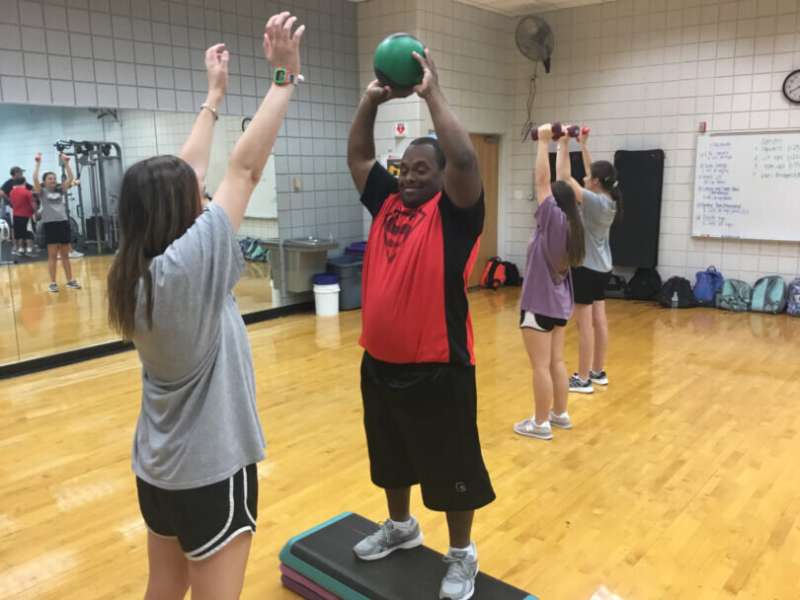HIIT programs show benefits for those with Down syndrome

Incorporating high-intensity interval training, or HIIT, into exercise programs for individuals with Down syndrome may help achieve critical health outcomes in a more time-efficient manner, according to an article written by researchers at the University of Georgia and Kennesaw State University.
Published in the American College of Sports Medicine journal, the article provides practical insights to better inform health and fitness professionals about Down syndrome, while also helping them design more effective exercise programs for people with the condition.
Down syndrome is one of the most prevalent birth disorders in the United States and is characterized by a variety of cognitive and physical difficulties, including intellectual disabilities, learning and memory issues, defects of the heart, respiratory issues, vision and hearing problems and more. According to the article, obesity rates approach 70% in this population, which can lead to even more negative health consequences.
Takes less time
"HIIT provides the same health benefits as aerobic exercise, but can take less time to provide those benefits," said Megan Ware, a doctoral student in the Mary Frances Early College of Education's department of kinesiology and co-author of the article. "The short, high-intensity exercises in HIIT also do not require long periods of sustained effort and can give people with DS better heart health, better control of body weight and better blood sugar and lipid levels."
HIIT is a form of interval training that alternates between short periods of intense exercise with less intense recovery periods that allow individuals to complete a similar amount of physical work, or even less, than a traditional exercise program. Since many individuals with Down syndrome have decreased attention spans, HIIT may be more effective and enjoyable than traditional modes of exercise.
"What makes HIIT really special is that it can be fun for people with DS, since their motivation to start or continue exercise can be low," said Ware. "HIIT can be structured to include various kinds of movements that keep engagement high during an exercise training session. This includes a combination of aerobic, strength and agility-based training movements. The variety can provide a different challenge and a variety of benefits."
Maintaining safety and reducing injuries are challenges professionals may face when helping people with Down syndrome perform HIIT, said Ware. However, these risks also apply to the general population and can be reduced with good instruction, modeling, proper equipment selection and proper supervision.
Allows more creativity
Furthermore, for individuals with Down syndrome who have greater balance deficits, HIIT may be safer in larger areas of the gym, where unobstructed exercises are performed. Because HIIT can be performed with a variety of equipment, such as a rower, elliptical machine and others, these workouts can be customized to the desire and specific health and physiological needs of the individual, while also achieving improvements in health outcomes.
"The bottom line is that exercise professionals can be more creative with exercise programming for people with Down syndrome by incorporating HIIT," said Ware. Additional tips for fitness professionals include familiarizing participants with every exercise in a given program, monitoring heart rate during exercise and providing a safe and comfortable exercise environment.
More information: Megan E. Ware et al, Benefits of incorporating hiit programs for individuals with down syndrome, ACSM'S Health & Fitness Journal (2020). DOI: 10.1249/FIT.0000000000000586

















